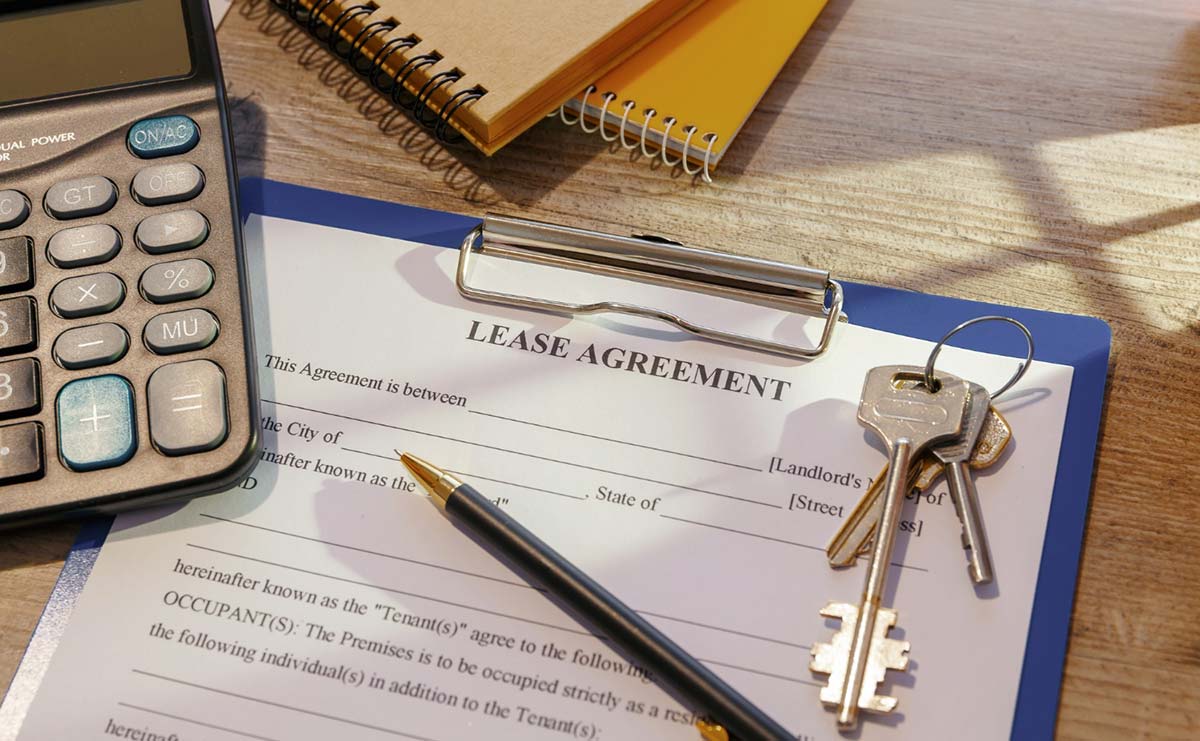Tribunal Ontario | LTB: Forms – N7
Form N7 – Notice to End your Tenancy for Causing Serious Problems in the Rental Unit or Residential Complex
The form is a legal notice titled “Notice to End your Tenancy For Causing Serious Problems in the Rental Unit or Residential Complex.” It is designed for landlords to formally notify tenants of the intention to end their tenancy due to serious issues such as safety impairments, willful damage, misuse of the property, or substantial interference with the landlord’s enjoyment of the property.
It outlines the reasons for eviction, details of incidents leading to the notice, and includes sections for landlord signature, tenant response options, and important information from the Landlord and Tenant Board.
To fill out the N7 form, “Notice to End your Tenancy For Causing Serious Problems in the Rental Unit or Residential Complex,” follow these steps:
- Tenant Information: Enter the tenant’s full name(s) in the space provided at the top of the form.
- Landlord Information: Fill in the landlord’s name from whom the notice is coming.
- Rental Unit Address: Clearly write the complete address of the rental unit involved in the notice.
- Termination Date: Specify the date by which the tenant must vacate the unit, adhering to the legal requirement of giving at least 10 days notice after delivering this form to the tenant.
- Reasons for Termination: Shade the box(es) next to the specific reason(s) for ending the tenancy. These reasons include impairment of safety, wilful damage, misuse of the property, or substantial interference.
- Details of Incidents: Provide a detailed account of the incidents leading to this notice, including dates, times, and a description of events.
- Landlord and Tenant Board Information: Review the information regarding the Landlord and Tenant Board’s process should the tenant disagree with the notice.
- Signature and Date: The landlord (or their representative) must sign and date the form, certifying the information provided is accurate.
- Representative Information: If applicable, fill out the details of the landlord’s representative.
The landlord needs to provide clear, detailed information and follow the legal requirements to ensure the notice is valid.
Disclaimer: This guide is provided for informational purposes only and is not intended as legal advice. You should consult the Residential Tenancies Act or a legal professional.




